King Crimson Left a Progressive Rock Legacy With “Red”
50th anniversary release includes new stereo and elemental mixes
There's a misconception among some that King Crimson was Robert Fripp centered around a revolving door of personnel. The group's ever-changing style followed a new age philosophy of the music finding its players, leading to constant reinvention and being purely progressive. By the mid-1970s, King Crimson’s third lineup consisted of guitarist Robert Fripp, bassist/vocalist John Wetton, violinist David Cross, and percussionist Bill Bruford. This incarnation’s repertoire relied heavily on live European-inspired improvisations recorded and featured on albums such as Starless and Bible Black. Ironically, the band’s unique artistry resulted in its demise. Fripp found himself in the midst of a performance power struggle between Wetton and Bruford's boisterous rhythm section Fripp described as “a flying brick wall" that often drowned out Cross’ violin. In addition to personal withdrawal, following the 1974 American tour the others voted David Cross out .
One week after playing a monumental show in New York’s Central Park, King Crimson entered London’s Olympic Studios to record Red. Most of the material, particularly “Fallen Angel” and “One More Red Nightmare,” was fleshed out from motifs explored during Crimson’s on-stage improvisations. “Providence,” an improv titled and recorded in the city of the same name, gives listeners context into how Crimson went about constructing ideas while in front of a live audience. Working as a trio enabled the group to embrace a heavier sound, as heard on the album’s menacing title track, composed solely by Fripp. Instead of the limited confinements of a trio, Red is known for its intricate production values with layered guitars and keyboards along with saxophone contributions from Crimson alumni Ian McDonald and Mel Collins.
The album’s crown jewel is “Starless" a track initially destined to be Starless and Bible Black's title track. It encompasses in just over 12 minutes all the trademarks of a King Crimson classic: beauty, melancholy, suspense, dissonance, and instrumental prowess. It rivals “21st Century Schizoid Man” as King Crimson’s signature song and was the final encore of their final show in 2021, a very fitting choice.
Robert Fripp disbanded King Crimson just two weeks before Red was released. It lasted one week on the US and the UK charts without a lineup to tour or promote the album. Despite the lack of chart success, fans and critics appraised the album as one of their finest efforts. Kurt Cobain cited the album's significant influence on Nirvana’s abrasive final album, In Utero. The 50th anniversary of Red is a prime time for Discipline Global Mobile to give it another one of numerous reissues.

Gered Mankowitz’s chiaroscuro portraits mimicking With The Beatles and the VU meter with the needle shifting to the right/red are replicated faithfully from the original artwork. For the first time, the jacket comes presented as a gatefold featuring alternate Mankowitz portraits. Instead of replicating the “palm tree” Island label from the original UK pressing, custom center labels are utilized that feature the VU meter with the needle in different positions from left to right across sides one to four.
.jpg)
The first LP is devoted to Steven Wilson’s new stereo mix of an album with which Wilson has become very well acquainted. His initial 5.1 surround remix came in 2009, and a stereo remix in 2013. While preparing new Dolby Atmos mixes for the album’s 50th anniversary, he decided to take another crack at a stereo mix. Like most of Wilson’s remixes, he is faithful to the intent of the original while improving the soundstage.
The opening title track explodes from the speakers with a ferocious attack. The muscular bottom between Wetton’s driving fuzz bass and the cellos during the middle section manages to swell yet bellow like a beast.
The verses of “Fallen Angel” take a back seat with airy percussion, subtle acoustic guitars, and Wetton’s vocals up front in the mix. The track soars in the solo section with harmonized guitars, oboes, and cornets. Bruford’s unpredictable, jazz influenced drum fills take center stage on “One More Red Nightmare.". Cymbals pan playfully across the speakers, while the track's lyrics fall victim to “a thousand words a minute” syndrome. In this new mix, Wetton’s vocals sound clearer and more distinct.
David Cross’s unaccompanied violin in the introduction of “Providence” is elegant; the scattering instrumentation creates a creeping suspense, sounding like the score of The Exorcist. The track peaks when the band breaks into a funky groove, and Fripp lets loose with lucid guitar licks. “Starless” starts beautifully with a string-driven Mellotron and Fripp’s melodic lead guitar. The middle section sets the stage for anticipation, with Fripp’s guitar panned to the left and Wetton’s bass to the right. As it builds with Bruford’s percussion and Fripp’s dissonant lead, the number breaks into a jazz freakout with saxophones galore from Mel Collins. Hairs on the backs of necks will stand with the reprise of the introductory melody and drone-like bass during the song’s climactic finale.
The second LP is devoted to David Singleton’s elemental mixes that provide more radical instrument separation and utilize alternate takes not found on the original album. The bass frequencies on the opening title track are more keyed to the mids and highs, illuminating Wetton’s percussive finger-playing technique. The cellos in the song’s middle section are isolated, which provides further definition. The approach taken on “Fallen Angel” is akin to the subtle nature of a track like “Book of Saturday” on Larks Tongues in Aspic. Bruford’s percussion is absent in the verses, allowing the sparse arrangement of acoustic guitars and oboes to shine through. Diehards who know Red like the back of their hands are in for a surprise on “One More Red Nightmare,” which utilizes extended instrumental passages and different alto saxophone takes from Ian McDonald.
In place of “Providence” are four minutes of percussion overdubs from the middle section of “Starless.” The random screeches, cymbal bashes, and scattering bells alone are ominous. Bruford must’ve been very focused on mastering his take because if you listen carefully, you can hear him muttering, “shit, shit…” The elemental mix of "Starless" receives the most striking retransformation. Cascading unaccompanied saxophones provide the introduction. During the song's first section, Mark Charig’s unused cornet parts draw back the melancholy overtones and make it sound more like avant-garde jazz, akin to the sound Crimson explored on the album Lizard.
John Wetton’s vocal delivery is evocative and one of his best captured on record. It sounds more natural in this mix than some of the production polish it received on the original album. The middle section emphasizes Wetton’s gritty bass tone and reprises the previously heard percussion overdubs that are now more prominently heard in the mix. The closing instrumental section is a manic cacophony with cornets and guitars overpowering the saxophones. Singleton’s elemental mixes create a “what if” scenario, a different portal to the finished product that most devoted fans are familiar with.
Many bands sustain careers past an artistic peak, and the tail end sometimes becomes embarrassing and sour. With Red King Crimson’s first era ended in top form.




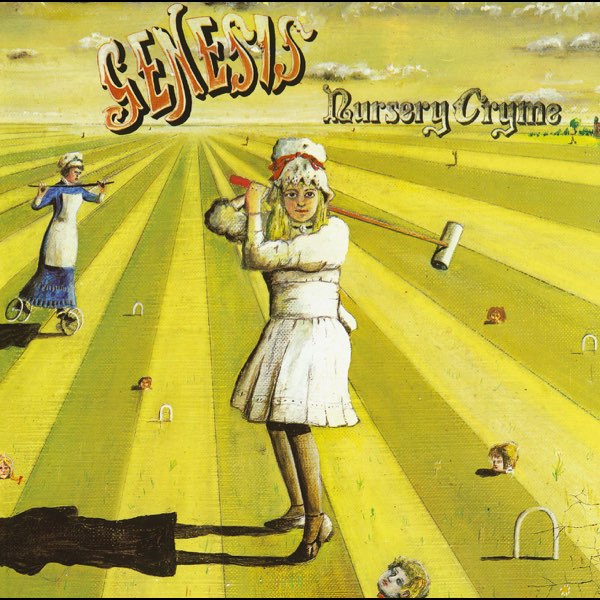





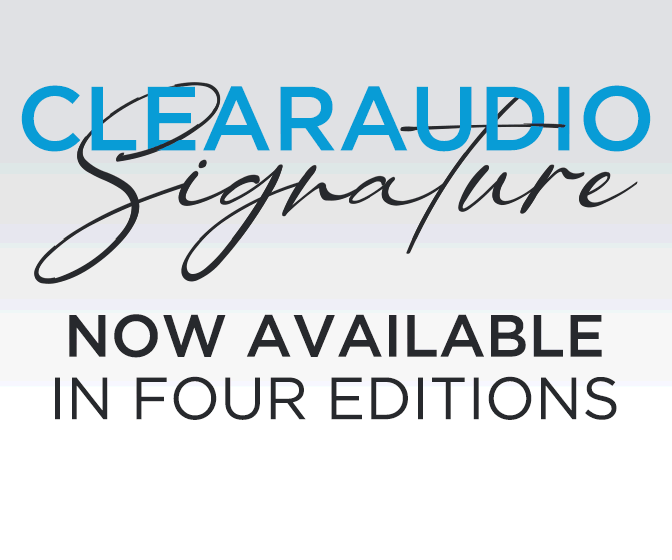


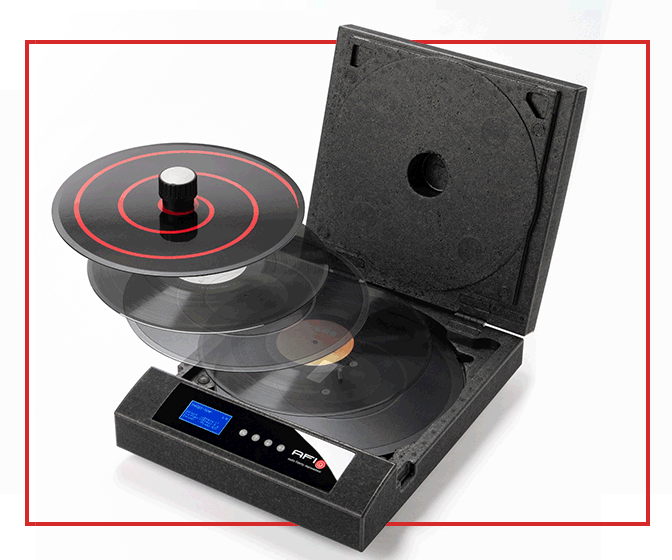







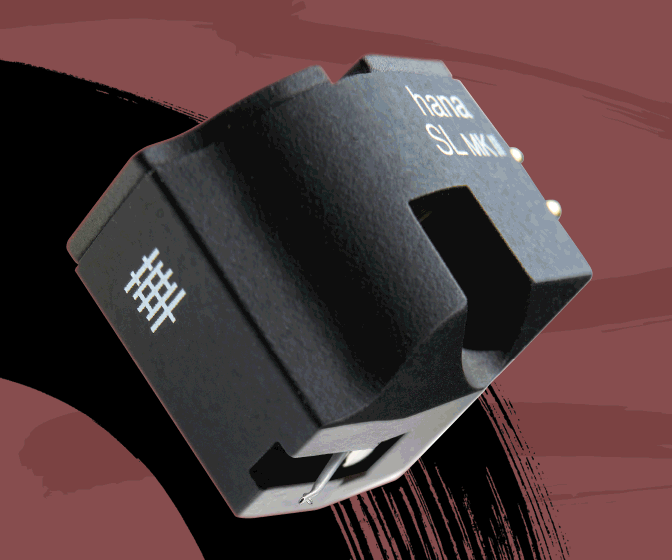


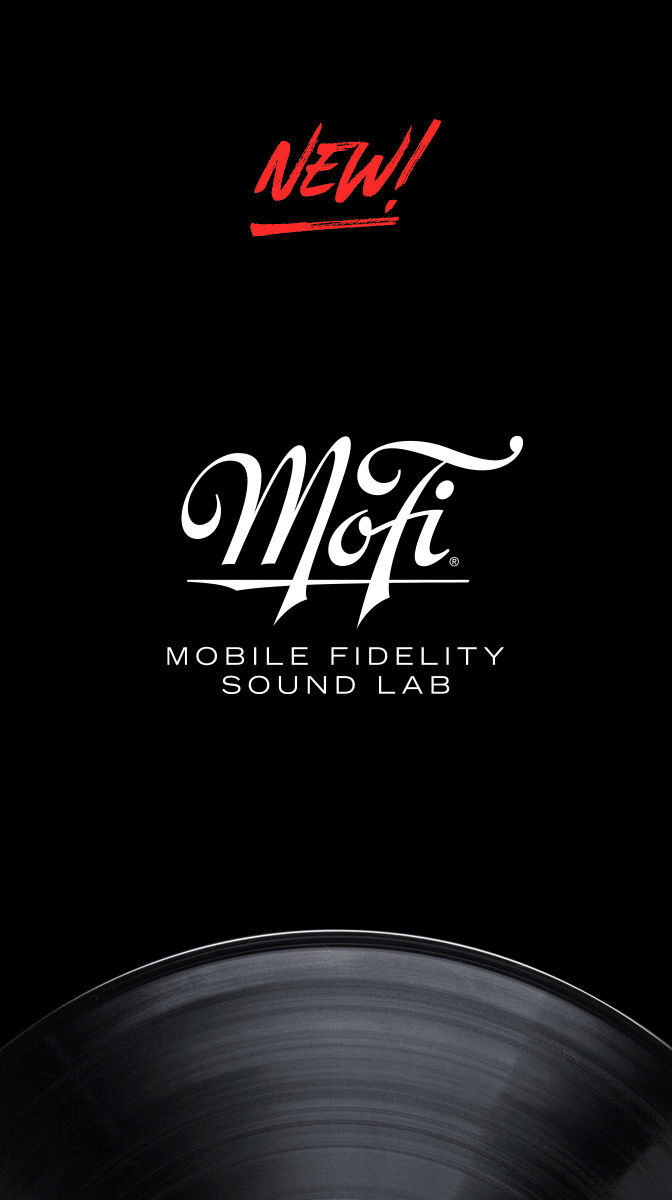





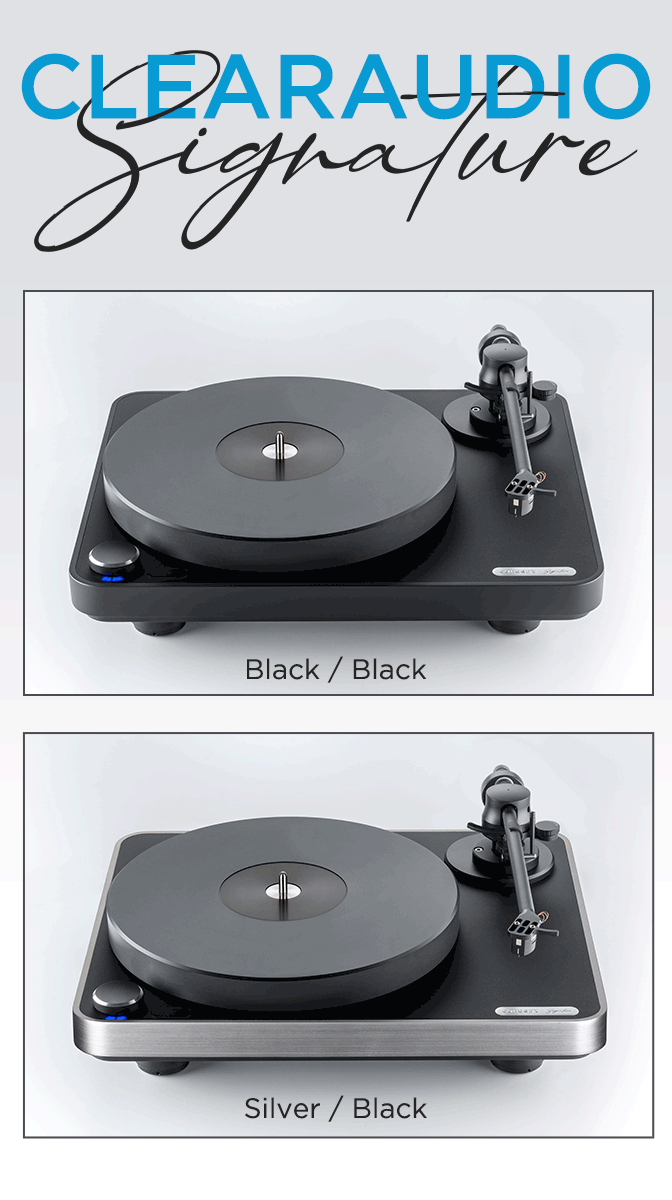


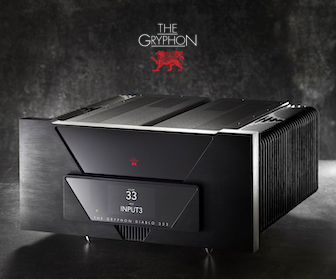



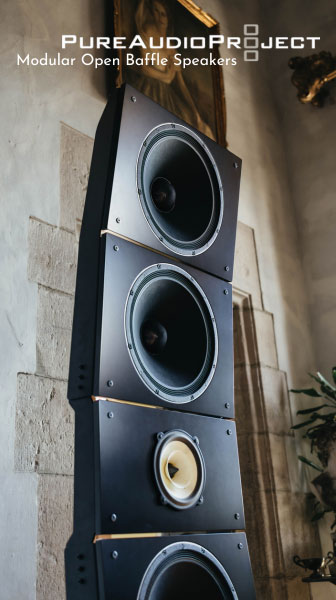






.png)








